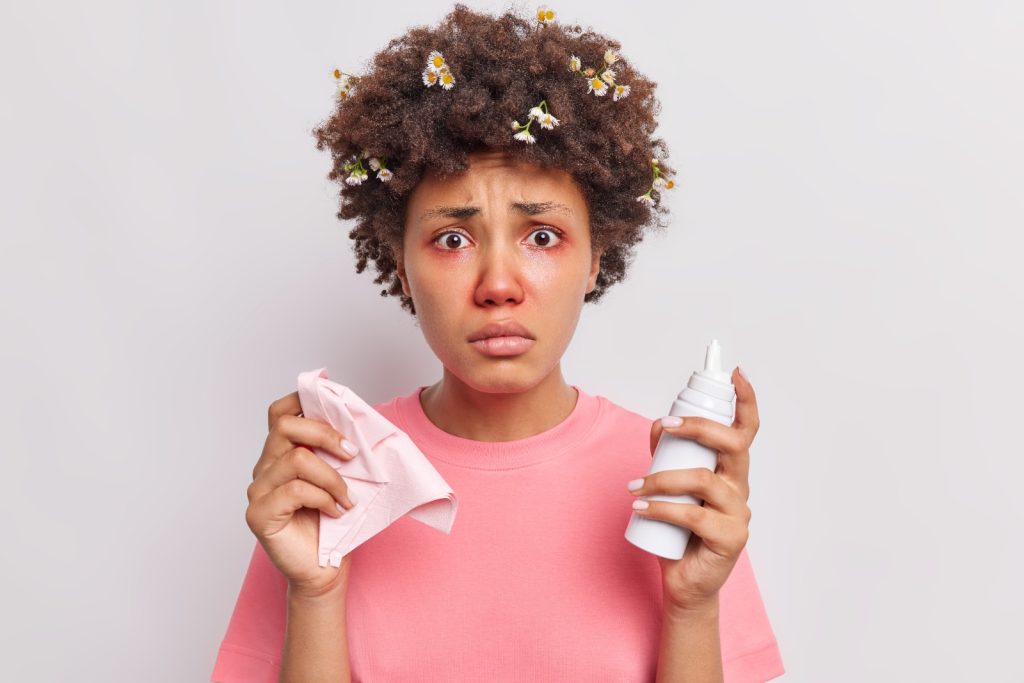Pneumonia is an infection of the lungs caused by viruses or germs that invade the respiratory system. Generally, when we inhale oxygen, it goes through the windpipe, into the lungs, passes through the bronchi and eventually reaches the air sacs called the alveoli, which is surrounded by a network of fine blood capillaries. Here the oxygen passes through the thin lining of air sacs and diffuses into the blood vessels from where it is transferred around the body.
Sometimes, the air we inhale brings some unwanted microorganisms into the alveoli. Upon arrival, these invaders start to thrive & multiply, causing the lung infection we call pneumonia. The immune system naturally reacts to this invasion by attacking these unwanted microorganisms. The reaction however, causes our air sacs to fill with fluids which eventually lead to its inflammation. The oxygen present in the air sacs will start finding it hard to reach the blood capillaries. Causing difficulties in breathing and other symptoms, such as; fever, cough, chest pain, vomiting, and in some extreme cases; bluish or gray colour of the lips & finger nails.

There is no one cause of pneumonia. Viruses are the main causes of it, and medical experts have found out that there are more than 30 microorganisms that could cause pneumonia. Also, germs that cause pneumonia often live in your body. They lurk around the nose or throat till they notice an opportunity to strike. Generally, the immune system usually keeps them out of your lung. But if your immune system gets weak by fighting of another disease, the viruses take this opportunity to enter the lungs, causing pneumonia.
How to prevent Pneumonia
An excellent way to avoid pneumonia is to keep your distance from anyone you know suffering from a respiratory infection. Also, make sure to use separate drinking glasses and eating utensils, wash your hands often with warm soapy water, and avoid touching used tissues or toilet paper, as you might not be fully aware of the germs carried by whoever used the paper.


